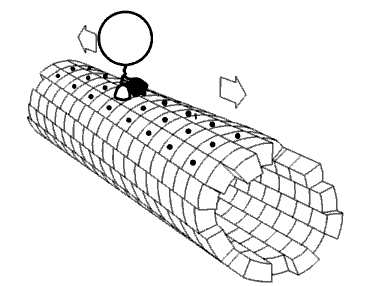
Photo from academic.microsoft.com
The P3+ (renormalized partial third–order) self–energy approximation has been highly successful in interpretation and prediction of photoelectron spectra of atoms, molecules and ions. This method is extended presently to heavier… Click to show full abstract
The P3+ (renormalized partial third–order) self–energy approximation has been highly successful in interpretation and prediction of photoelectron spectra of atoms, molecules and ions. This method is extended presently to heavier elements and the prediction of splittings resulting from the electronic j–j coupling scheme by accommodating general Hartree–Fock spin–orbitals, the fourth–order Douglas–Kroll–Hess Hamiltonian and the screened–nuclear–spin–orbit approximation. Applications to valence electron detachment energies of Ar, Kr, Xe, Cl , Br and I to and states, and of HCl, HBr and HI to and states exhibit the promise of the two–component P3+ electron propagator method.
Journal Title: Molecular Physics
Year Published: 2020
Link to full text (if available)
Share on Social Media: Sign Up to like & get
recommendations!